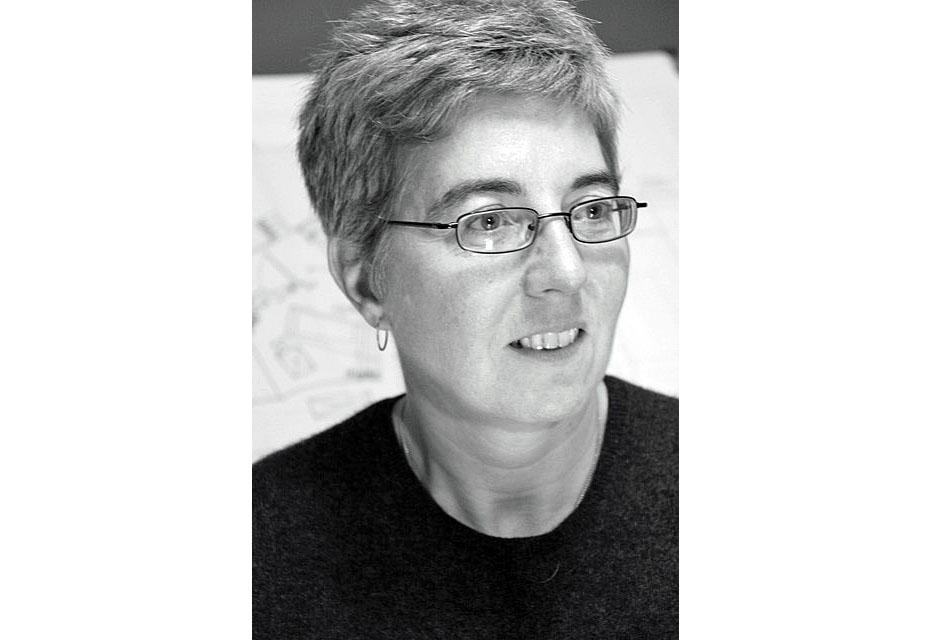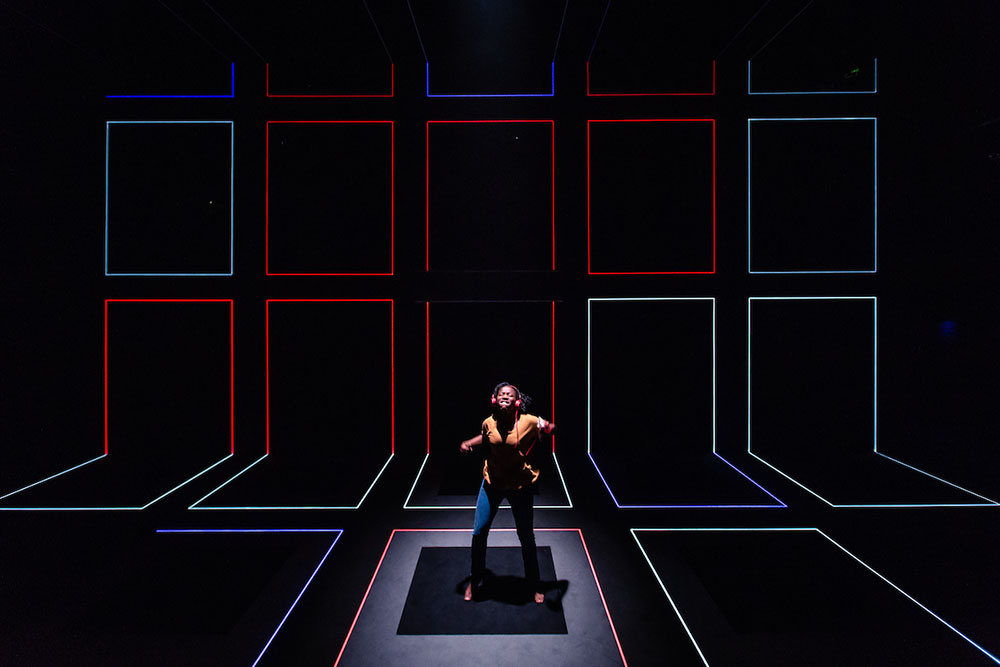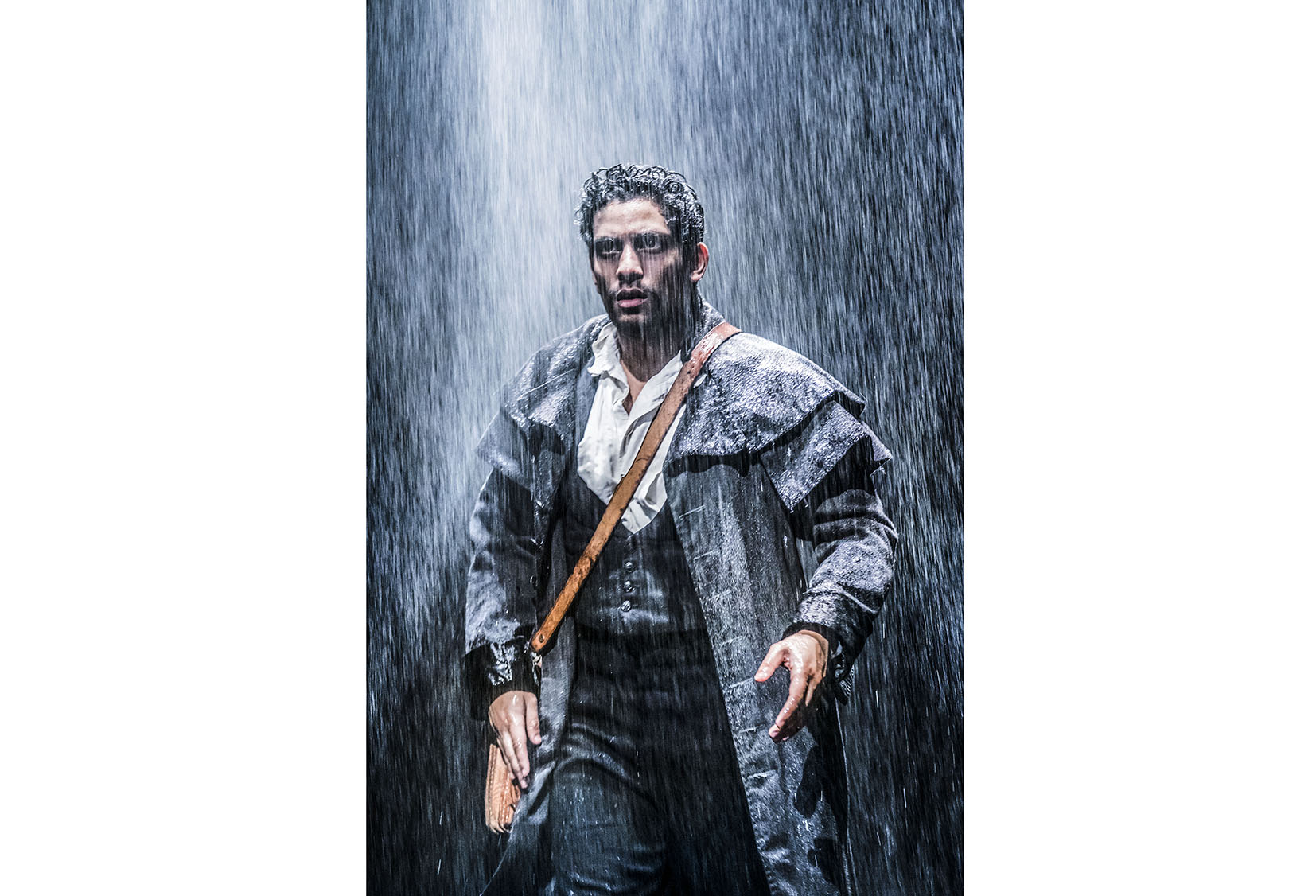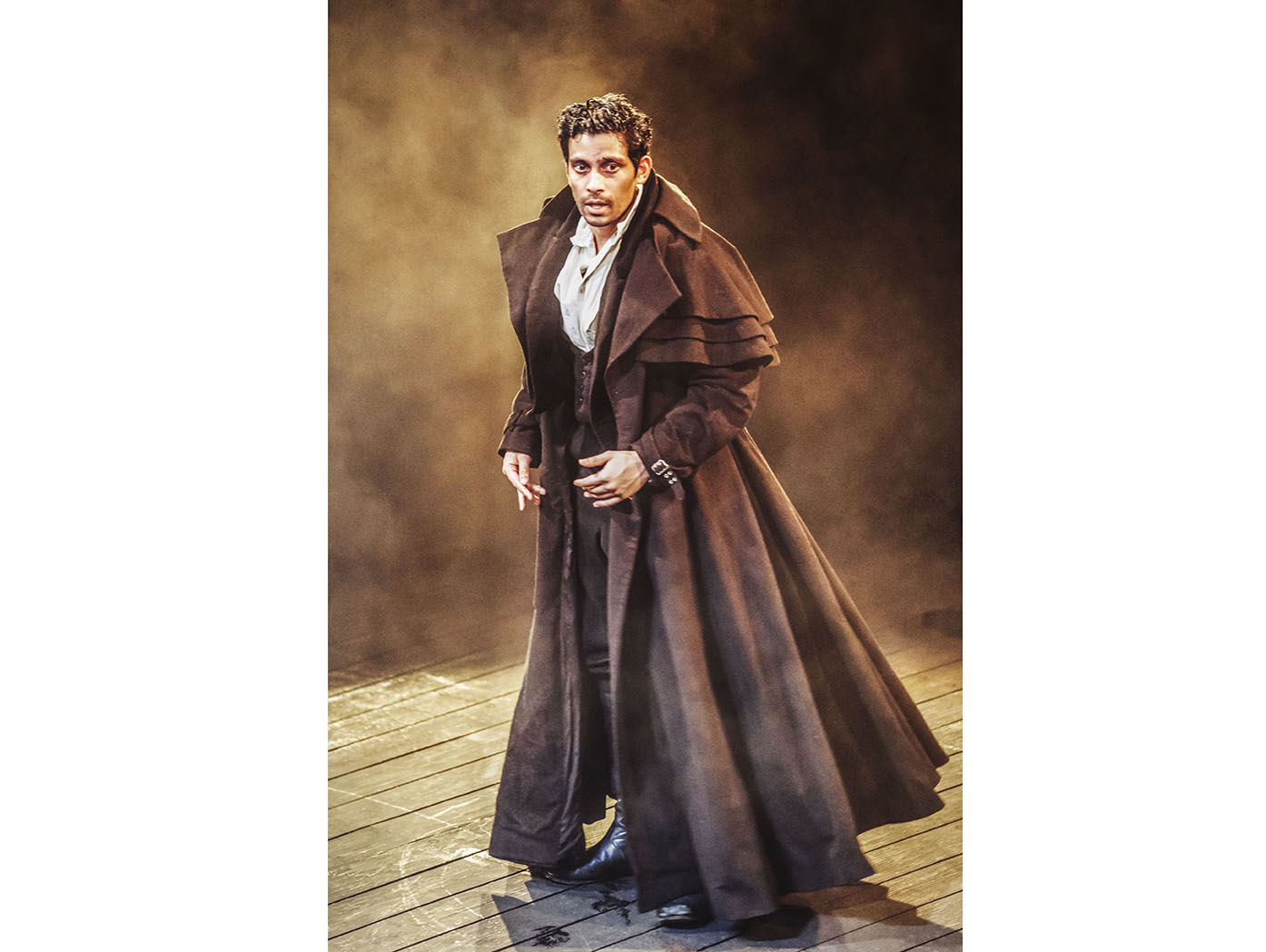Lighting designer Johanna Town is the current chair of the Association of Lighting Designers (ALD) in the UK. Her recent projects include Frankenstein at the Royal Exchange Theatre in Manchester and Love & Information in Sheffield Studios. Live Design chats with Town about her goals for the ALD and her design work.

1. What are your goals as chair of the ALD?
My personal mandate in my role as chair of the ALD is to promote our industry as a great place to work. I have been fortunate enough to have had a busy and successful career. I have had the most amazing experiences and met fascinating people from all over the world. I wanted to find ways to engage more young people into the arts and towards lighting in general, I want to promote the work we do and try to forge relationships with schools, youth groups and youth theatre. Of course, lighting can only be an accessible career if we make it sustainable, so with that in mind we need to support our members once they are in work.
The ALD recently summarised our future aims as the ‘Big Six:’
1. To create a better and more relevant resource for our members;
2. To promote the work of the ALD more actively within the industry;
3. To create a more outward and campaigning Association;
4. To provide more opportunities for our members to develop and grow;
5. To reach out to people from all backgrounds and socioeconomic groups through education and outreach;
6. To create more resources and partnerships to help the association expand.
As chair and a full-time, working, lighting designer, I realized I wouldn’t be able to achieve all I wanted to do alone. The ALD already had a fantastic executive team of 21 industry practitioners: I wanted to be a springboard to support and empower our executive team and all our members, to have ideas and enable them with all the resources they need. We need to create a vibrant and forward-thinking association for future generations, and it feels really important to me that we make change together.

2. What is happening with the #SaveStageLighting campaign and EU regulations?
The SaveStageLighting Campaign has been keeping us all very busy. In mid-May, a group of entertainment lighting industry representatives were invited to meet the EU’s DG Energy team. It was a positive meeting from which came the request to our industry to help write the kind of exemption it required.
In mid-July, we were shown the next draft of the EcoDesign regulations. Included within is a very clearly written exemption for many of the tungsten light bulbs commonly used in our field, as well as a second exemption for the kind of additive color-mixing lighting fixtures we’ve started to enjoy using so much.
We are very hopeful that the end result will see us continuing to use the tools we know and love, while giving manufacturers the ability to innovate with new products. Significantly, the start date for the new regulations has also been pushed back a year, to 2021, which gives everyone a bit more time to adjust.
It’s worth highlighting, however, that although tungsten has been given a short reprieve, it’s lifespan is probably limited, as manufacturers gradually end production of tungsten lamps.
The challenge here will be felt most keenly by smaller theatres and performance spaces, such as schools and colleges, where the investment required to move to a completely new lighting system might not be available. For this reason, we will concentrate on raising awareness amongst these venues. They need to be aware and be able to start planning for the future.

3. Has the advent of LED fixtures changed the way you design or the look of your productions, if you use them?
It’s an interesting time to be in lighting: at the intersecting point of established old technology like tungsten and arc lamps, and the possibilities of LED sources now that the LED fixtures have reached a quality we can work well with. We have an amazing range of tools available to us, wider perhaps than ever before.
Personally, I love working with LED fixtures more than any other innovation. I have always loved color and how subtle shifts in color can transform the mood of a line or a scene. To have this endless choice of color at my disposal is like giving me the keys to the candy store. Add a bit of a moving light to that fixture and I am in heaven. I have never been a fan of Arc moving lights because of their color rendition, so now that we are seeing white LED units with the same powerful beams and effects, the LED moving light is becoming a main fixture in all of my rigs.

4. Can you talk about the design and fixture choice for one or two recent productions? What influences your choice of gear?
Earlier this year, I designed Frankenstein at the Royal Exchange Theatre in Manchester. Set in dark, dank rooms lit by candlelight, I needed my moving lights to feel tungsten-like. Yet I also needed them to create vibrant yet stark effects, electric even. The new Martin [by Harman] Encores gave me this flexibility. I took a choice of both warm and cold to see how they might work best, but both interchanged very well. I found them bright and was able to color tone them without getting the unpleasant green hue of an arc lamp.
Later in the year, I used more LED to great effect on the set of Love & Information in Sheffield Studios. The set was one large RGBW LED wall, floor and ceiling, made up of 42 different LED squares. Due to the set being so flexible in its choice of color, I needed some moving lights that could also be as flexible. However, I was in a compact studio that had very limited rigging space and even less budget! Nevertheless, my unit needed to feel like the set and be very flexible. I used the Chauvet Professional Maverick Profile 2: small and compact with good shutters and effects.
5. What advice would you give to young women entering the lighting profession today?
Theatre, the arts, and lighting design is such a great career for anyone. If you have a passion to work in theatre, then make it happen. There are so many different areas of specialisation: production technician, lighting designer, or lighting programmer, and all these roles are filled with some amazing people.
What would be my advice? It would be to follow your dreams. Don’t let anyone tell you differently. Follow your passions. Be true to yourself and show others what really drives you. I never believed this career was not for women, and when I was challenged, I always asked the question, “Why not?” It’s surprising how others don’t have an answer to that question.